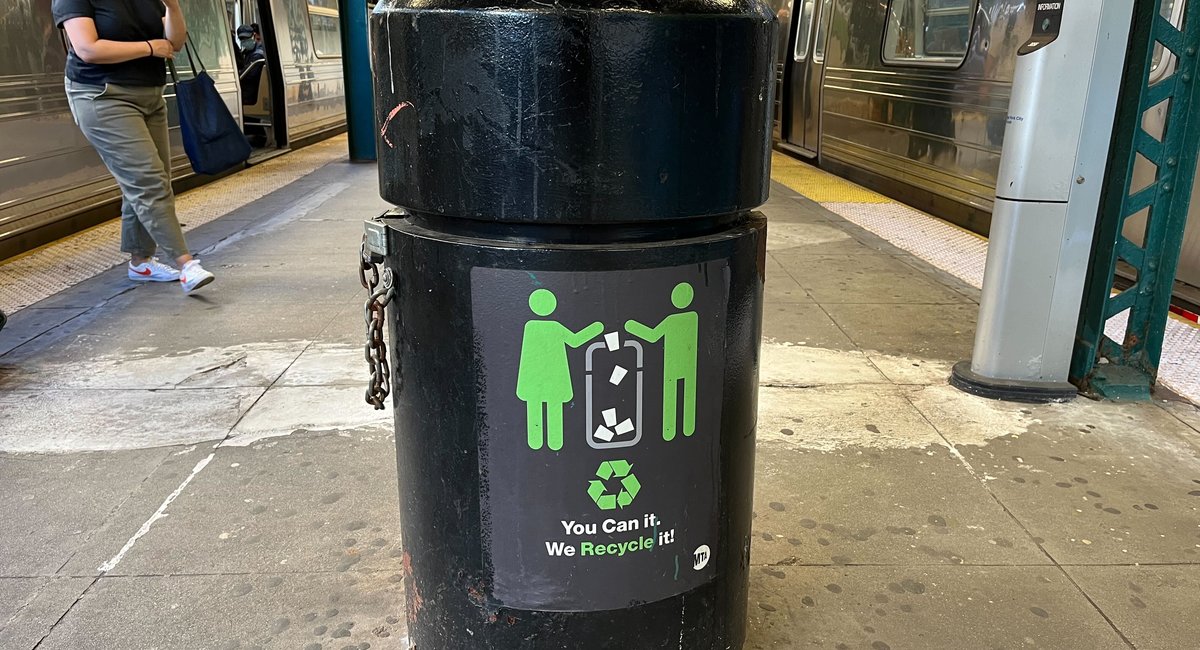This column originally appeared in On The Way, a weekly newsletter covering everything you need to know about NYC-area transportation.
Sign up to get the full version, which includes answers to reader questions, trivia, service changes and more, in your inbox every Thursday.
We’re approaching the end of the summer, and the transit news cycle has mercifully slowed down for the first time in ages. The MTA is crunching the numbers for its next five-year capital plan, which will be released in October (what’s the over/under on $75 billion?) Gov. Kathy Hochul has said she’ll have a plan to revive congestion pricing by the end of the year. So, we thought we’d take a breather and dig deep into our mail bag.
This week’s newsletter is dedicated to you, the curious commuters, who send us so many thoughtful questions.
Kerry Lowe from Brooklyn: Loved your piece on the ridiculously hot subway cars on the 1 line. I’d love to hear you cover the opposite problem: too much AC! I do feel a little sheepish complaining about it, but come on! Do the cars not come with a thermostat? I’ve mentioned this to a few friendly Lexington Avenue line conductors, and they say they have no idea whether there’s a way to modulate the air temperature.
Sorry to hear you’re too cool, Kerry. The MTA reports that subway cars have thermostats set to either 72.5 degrees or 75 degrees Fahrenheit. The agency says that the temperature depends on the length of the subway car, and like your thermostat at home, it’s triggered to turn on the air conditioning when a car exceeds the set temperature.
Adrian Gonzalez from Brooklyn: Am I wrong to notice that there are more delays today for unplanned or urgent maintenance (including during the weekday rush hours than before COVID-19)? If that’s true, what’s going on?
The MTA reported that because fewer people ride the subway during the summer, the agency increases its track work, even during peak commuting hours. G train riders know about the rolling shutdowns to install modern signals, but there’s also been work this summer to replace the St. Marks Avenue Bridge on the Franklin Avenue Shuttle, as well as other accessibility and modernization projects.
MTA spokesperson Kayla Shults says the agency has “been increasing the level of detail included in service alerts, which may make it seem like there are more service changes than usual, but it’s really that the MTA continues to improve and increase its customer communication.”
We previously reported that more than 137,000 weekday subway trains were delayed during the first four months of the year, a 30% increase from the same period of 2023, according to MTA data. Most of those delays were attributed to “infrastructure and equipment issues.”
Brian Hoberman from Manhattan: Subway platform trash cans all say, “You Can It, We Recycle it!” Does the MTA really recycle their trash? If so, how and where?
Brian, the MTA tells us that after trash is collected, “it is sorted for recycling at a waste removal company in the Bronx.” So, you can continue using the trash cans with a clean conscience.
Have your own question? We’d love to hear from you. Use this form to submit your question and check your inbox on Thursdays!
